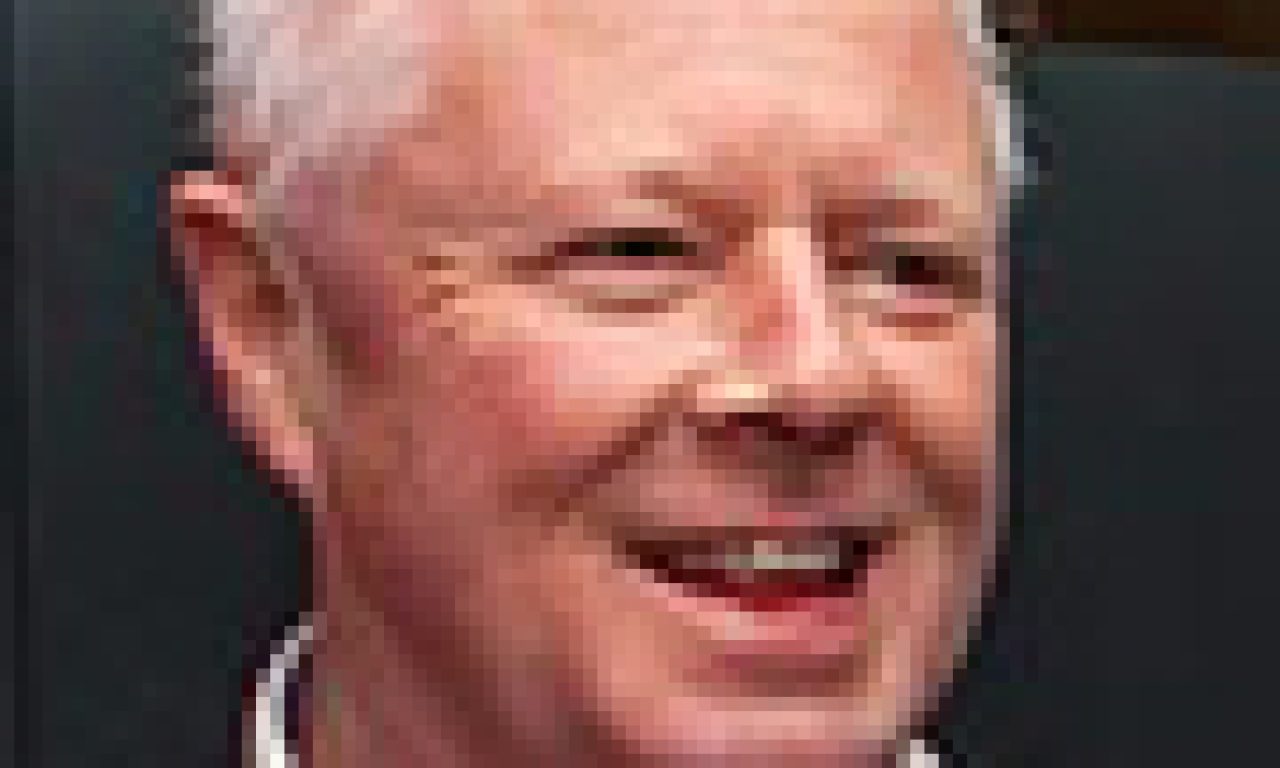by Paul Crean*
Ongoing weakness in the global economy, falling commodity prices and the likelihood of the US Federal Reserve raising rates and pushing the US dollar higher this year means emerging market economies look set to struggle across the board. So, are there any attractive choices in the emerging market universe?
The ability to take long and short positions without constraint is the key to finding value from increasingly divergent emerging market economies.
Emerging markets are struggling, but views differ on outlook
Emerging market fixed income assets, including local markets and credit indices, ended the first quarter down minus 4 per cent and up around 2 per cent respectively. This may not seem like earth-shattering news, but when a zero return is described as ‘remarkably solid performance’, it’s clear that the sector is struggling. At the same time, the general consensus is that things could have been much worse, given the bouts of wild volatility and sell-offs in January and March.
So what does the rest of 2015 hold for this troubled sector? The answer is that it depends on whether you subscribe to the conventional wisdom, or not. The prevailing story is that unprecedented loose global monetary policy conditions prompted by fears of deflation in the developed economies will continue to prop up emerging markets, providing a window of opportunity in the coming months.
On the other hand, differences between emerging market economies are deepening, and an assumption that global economic conditions will affect the different economies in the same way is itself fraught with danger. Having said that, it’s not all bad news for investors, because in Finisterre’s view, large dispersion provides tremendous opportunities to invest long and short, depending on whether you are faced with an improving, or a deteriorating story.
There’s good news….
The global economy isn’t going gangbusters, but it is picking up. Sizeable injections of liquidity from both the Bank of Japan and the European Central Bank continue to buoy investor sentiment, despite the headwinds posed to Europe by potential default in Greece. It’s clear that the spectre of default continues to spook financial markets, and that if Greece exists the euro, both the European and global economies will find themselves in uncharted territory.
Economic data out of the US is improving, and most analysts agree that the US Federal Reserve will raise rates this year…but not too quickly, and not by too much. There is no doubt that a hike in rates may produce volatility and periods of sell-off, but the evidence we are seeing now suggests that these factors are already priced in, that we have already endured the storm and are headed to relative calm.
As the US economy picks up, and with it the economies of other developed nations, emerging market economies will benefit from a lift in consumption, as global value chains become reinvigorated. At the same time, global balance sheets are in good shape on the whole, and yields in Europe are at all-time lows. These conditions are diverting money into emerging markets.
…and there’s bad news
Interest rates are on the rise. We do not believe that concerns about deflation will encourage the US Federal Reserve to further easing. Indeed, despite their dovish comments, our firm view is that we will see rates go up in the second half of the year.
As liquidity tightens and the US dollar rises, the highly leveraged developing markets will be negatively affected. They are already struggling under the weight of falling commodity prices, and the differential between growth rates in developed and developing countries is now at its lowest in a decade. We don’t expect to see that position ameliorate in the near future, nor do we expect a sustained upward trend in commodity prices in the short term.
The differences between emerging markets are growing
Emerging markets have not been seen as a homogenous group for some time, but the differences are becoming ever larger in the current climate.
The slowdown in China is well documented, as is concern about the outcome of Greece’s debt negotiations, but country-specific factors driving domestic economic performance are also impacting investment decisions. Brazil is struggling to contain a political scandal involving the state-controlled oil company, Petrobras. The recent election of a Hindu nationalist leader in India is sparking concern about its political direction, and in Russia, aggressive border expansion continues to de-stabilise the region.
Diversity requires an unconstrained approach
At Finisterre, we believe that adherence to a benchmark, including tracking error limits, can skew investment decisions and negatively affect performance. Managers tied to benchmarks can find themselves obliged to hold the largest weights in the countries with the largest absolute amounts of sovereign debt, for example, simply because these are the biggest index constituents.
Benchmark-unaware, unconstrained investors, like Finisterre, can choose to invest where they see value. This includes taking long and short positions in specific economies, not as a means of hedging, but rather to mitigate portfolio risk in different market conditions. We expect both long and short positions to pull their weight as individual profit centres.
At the same time, taking a directional view on sovereign and corporate credit, interest rates and foreign exchange is certainly a necessary first step in any investment decision. However, with the number of factors at play in emerging market fixed interest, assessing individual opportunities on their merits, and creating a portfolio without constraints is key to long-term success.
*Paul Crean is the chief investment officer and a co-founder of, Finisterre Capital, a London-based emerging markets fixed interest specialist and subsidiary of Principal Global Investors.

